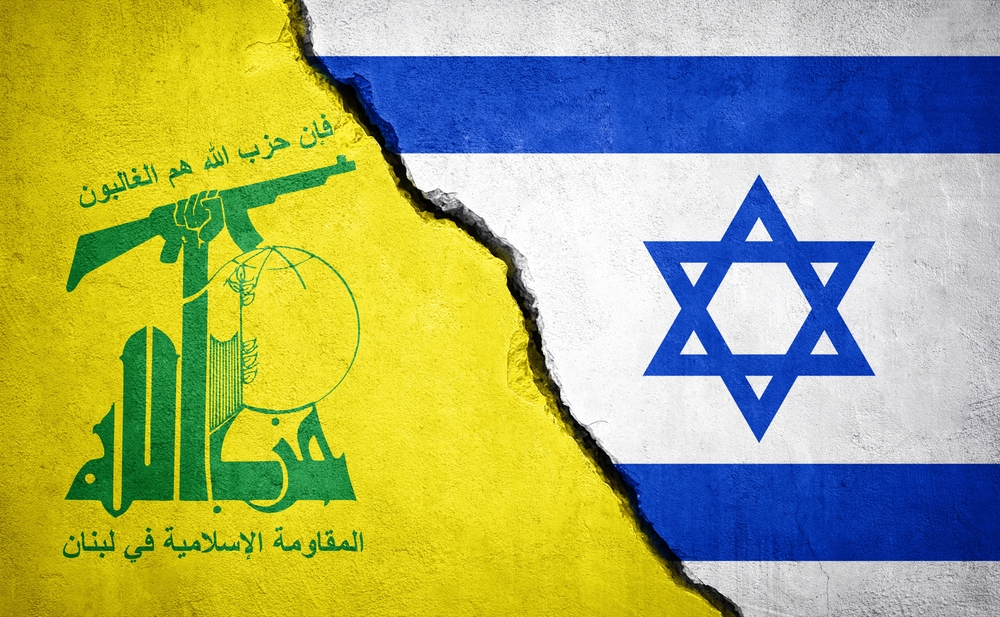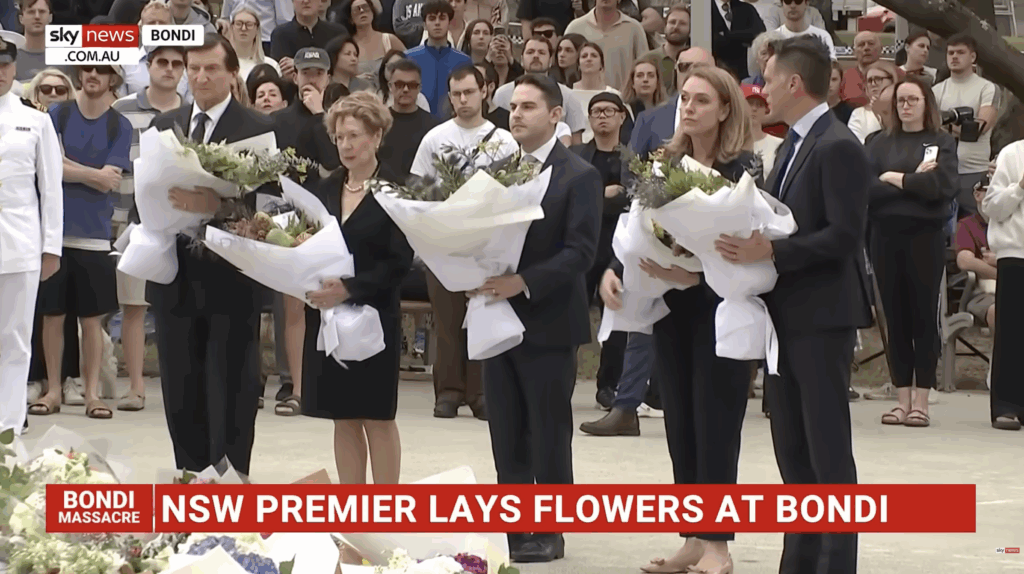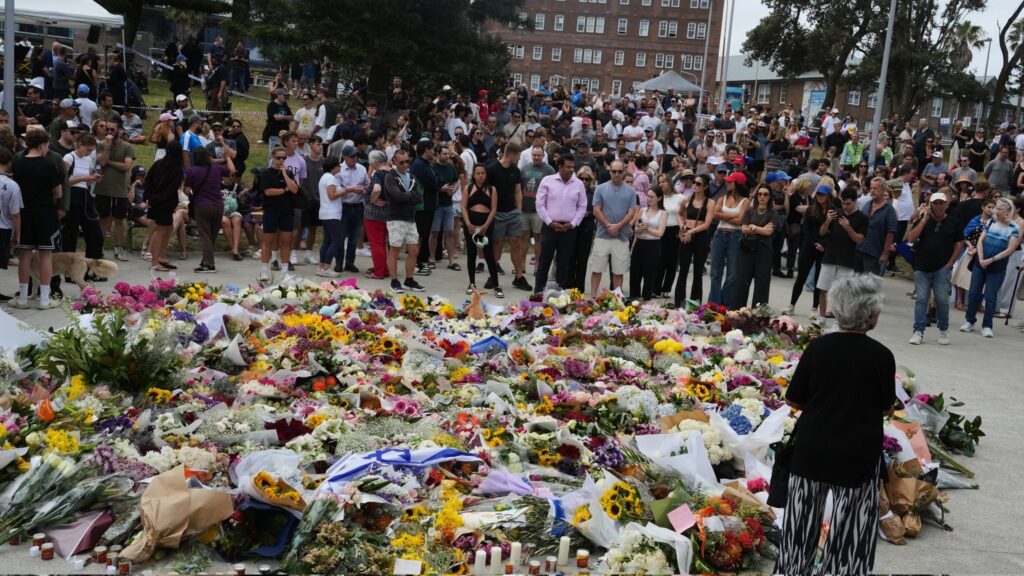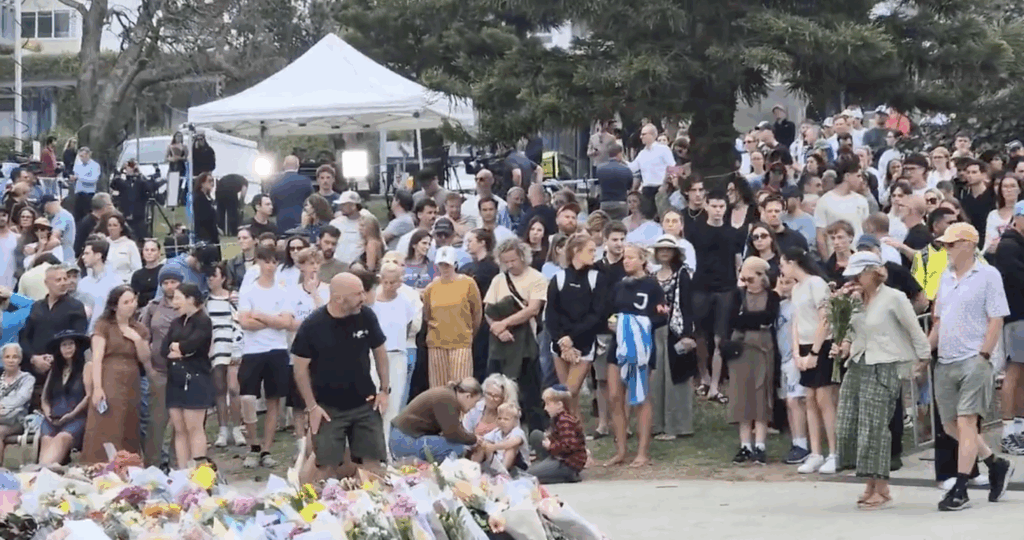FACT SHEETS
Fast Facts: The current Israel-Hezbollah conflict
October 1, 2024 | AIJAC staff

On Oct. 1, the IDF announced it had begun “limited, localized, and targeted ground raids based on precise intelligence against Hezbollah terrorist targets and infrastructure in southern Lebanon. These targets are located in villages close to the border and pose an immediate threat to Israeli communities in northern Israel.”
Previously, on Sept. 27, Israel launched operation “New Order”, a massive strike on Hezbollah’s headquarters located in a bunker under residential buildings in the Beirut suburb of Dahieh. The strike resulted in the death of Hezbollah Secretary-General Hassan Nasrallah, commander Ali Karaki and much of the group’s remaining senior leadership, as well as killing Islamic Revolutionary Guard Corps (IRGC) Deputy Commander for Operations General Abbas Nilforushan. The strike reportedly involved more than 80 munitions, including so-called “bunker buster” bombs, dropped on the area over several minutes.
This followed the start on Sept. 23 of “Operation Northern Arrows”, a massive campaign of air strikes against approximately 2,000 Hezbollah targets (as of publication), weapons depots, missiles, drones and rocket launchers.
Three days earlier, an Israeli strike killed Hezbollah’s military chief Ibrahim Aqil alongside most of the senior commanders of its elite Radwan Force. Aqil had replaced Fuad Shukr, Hezbollah’s previous military chief, who was assassinated in an Israeli strike on July 30 in response to a Hezbollah rocket that killed 12 Druze children in Majdal Shams in northern Israel. Israel had previously targeted multiple Radwan commanders since Oct. 8.
On Sept. 17 and 18, Israel detonated thousands of pagers, reportedly specially manufactured by Israeli intelligence for Hezbollah, and hundreds of walkie-talkies used by the group, reportedly wounding at least 1,500 members and killing more than 30. The Iranian ambassador to Lebanon was also wounded in the attack, as were others affiliated with IRGC proxy groups in Syria.
On Aug. 25, Israel pre-empted a larger Hezbollah attack the group dubbed “Operation Araba’in Day”, reportedly destroying thousands of missiles and launchers, although Hezbollah still managed to fire dozens of drones and hundreds of rockets at Israel, albeit to little effect.
Israel continues to assassinate the remaining Hezbollah leadership figures and commanders across Lebanon, as well as those from other terrorist groups in Lebanon, on a near-daily basis, and the wider strikes targeting Hezbollah’s military stockpiles, launchers and infrastructure as part of Northern Arrows are ongoing.
This factsheet is designed to provide all the history and factual background needed to understand these recent events.
By the numbers (Oct. 8, 2023-Oct.1, 2024)
- More than 2,500 total attacks launched from Lebanon into northern Israel using more than 9,000 missiles, rockets, drones and anti-tank missiles
- 48 Israelis killed, including 22 IDF soldiers and 26 civilians
- More than 94 Israelis injured
- Around 65,000 Israelis evacuated from 43 northern communities since October 2023
- 516 Hezbollah operatives killed
- More than 90 terrorists from other organisations killed, including senior officials
Since October 8, 2023, Hezbollah and other groups in Syria and Lebanon have fired more than 9,000 rockets, anti-tank missiles, drones, and other projectiles at Israel.
From Oct. 8-July 1, according to the Alma Research and Education Centre, there were 2,295 attacks from Lebanon involving a variety of munitions, mostly launched by Hezbollah, with 94.3% of them targeting areas 0-5km from the border and only .05% targeting areas more than 30km from Lebanon.
From Sept. 1- Sept. 23, there were 1,374 missiles fired into Israel from Lebanon compared to 890 in all of August and 921 in all of July. And even those months showed a major upward trend compared to January through April, which averaged about 550 per month.
In addition, since the beginning of September, Hezbollah has begun to launch more attacks targeting areas beyond the 3.1-mile evacuation zone along the Lebanese border, involving more than 21 incidents and over 365 rockets.
There was a huge uptick in attacks in the days preceding Operation Northern Arrows. Hezbollah launched roughly 170 projectiles on Sept. 20, 100 projectiles on both Sept. 21 and 22, and more than 200 projectiles on Sept. 23. While its rate of fire has dropped 50% between Sept. 25 and 30 compared to the previous four days, its rate of fire is still 181% higher than before Sept. 20 and 139% higher than the previous 10 months, according to the Jewish Institute for National Security of America (JINSA).
The attacks also travelled deeper into Israel than ever before, with attacks on the Haifa area on Sept. 22 and Sept. 23. These attacks involved the use of longer-range rockets for the first time since Oct. 8, directed east of Tel Aviv towards settlements on the West Bank.
On Sept. 25, Hezbollah for the first time fired a Qadr-1 guided ballistic missile towards Tel Aviv, although this was assessed by experts to be different to the Iranian missile of the same designation.
Most rockets and missiles have been intercepted or fallen in open areas, though there has been infrastructure damage and several fires as a result.
What is Hezbollah?
Hezbollah is the Lebanese division of the IRGC, coalescing from disparate Shi’ite groups throughout the 1970s until officially emerging under the name “Hezbollah” in 1982.
The destruction of Israel is one of Hezbollah’s main ideological goals. Towards this end, it engages in politics and social welfare inside Lebanon to sustain and entrench itself while also acting as a transnational terrorist and organised crime network. As its Deputy Secretary-General Naim Qassem said in 2012:
We don’t have a military wing and a political one; we don’t have Hezbollah on one hand and the resistance party on the other… Every element of Hezbollah, from commanders to members as well as our various capabilities, are in the service of the resistance, and we have nothing but the resistance as a priority.
Infamous for its kidnappings as well as the innovation of suicide bombing, Hezbollah helped to drive Israel and the United States and its allies out of Lebanon from the mid-1980s until 2000. Among Hezbollah’s most heinous crimes was a 1994 attack on the AMIA Jewish centre in Buenos Aires, Argentina, which killed 85 people and injured more than 300.
Because of countless attempted and successful mass casualty attacks and assassinations, Hezbollah has been designated in its entirety as a terrorist organisation by several countries outside of the Middle East, including Australia, the US, Canada, the UK, Germany, Argentina, Colombia, Honduras, Paraguay and Malaysia. Hezbollah’s so-called “military wing” is designated as a terrorist organisation by the European Union, as well.
Hezbollah’s Strength
Hezbollah is estimated to field a potential force of 40,000-50,000 fighters, with half or more of those being reservists. Assessments over the past ten years have varied significantly in terms of the total fighters as well as how many are full-time as opposed to reservists, with one US assessment believing Hezbollah had “at least 7,000 fighters with extensive training, augmented by as many as 10,000 reserve forces” in 2017. Nasrallah claimed in October 2021 that Hezbollah had 100,000 trained fighters.
There are no fully reliable estimates of Hezbollah’s arsenal of rockets and missiles. While previous estimates have ranged upward of 150,000, these were usually tallying all projectiles, including mortars and RPGs. More recent Israeli estimates put the actual rocket and missile arsenal before Northern Arrows at fewer than 40,000 short-range rockets and 5,000 mid-range rockets, with an unspecified number of long-range or precise missiles. Thousands of rockets have since been launched and thousands more rockets and missiles, as well as their launchers, destroyed on the ground by airstrikes.
Among the missiles and systems used by Hezbollah are:
Falaq-1 and Falaq-2 missiles
- Falaq-1 (as used in the Majdal Shams attack) has a range of 10km, weighs more than 100kg and has a 53kg warhead. It was used by Hezbollah and the Syrian army in the Syrian civil war and was launched at Israel dozens of times in June and July.
- Falaq-2 was fired at a military command centre in northern Israel. It weighs 255kg and has a warhead weighing 117kg.
Yakhont anti-ship missiles, which could threaten Israel’s ports and offshore gas installations.
Iranian Fateh-110 long-range missiles (range: 300km).
Scud missiles (range: 500km)
Fadi-1 and Fadi-2 tactical rockets (used for the first time in the Second Lebanon War in July 2006).
- Fadi-1 is a 220mm rocket with a range of 70km (43.5 miles) and carries an 83kg (182 pounds) warhead. It can be fired from stationary or mobile launchers and is designed to hit supply lines and bases far from the conflict lines.
- Fadi-2 is a 302mm rocket with a range of 100km (60 miles) and carries a 170kg (375 pounds) warhead).
SA17 and SA22 air defence systems, which have the capacity to undermine Israel’s freedom of flight in northern Israel and Lebanon.
Further reading:
- https://israel-alma.org/2024/07/02/hezbollah-intensity-and-range-analysis-of-attacks-against-israel-october-8-2023-to-july-1-2024/
- https://jinsa.org/jinsa_report/israel-preempts-hezbollah-attack/
- https://israel-alma.org/live_updates/
- https://www.terrorism-info.org.il/en/spotlight-on-terrorism-hezbollah-lebanon-and-syria-september-2-9-2024/
- https://jinsa.org/jinsa_report/israels-operation-northern-arrows-projectile-tracker-9-24-9-30/
- https://www.terrorism-info.org.il/en/spotlight-on-terrorism-hezbollah-lebanon-and-syria-september-16-23-2024/





